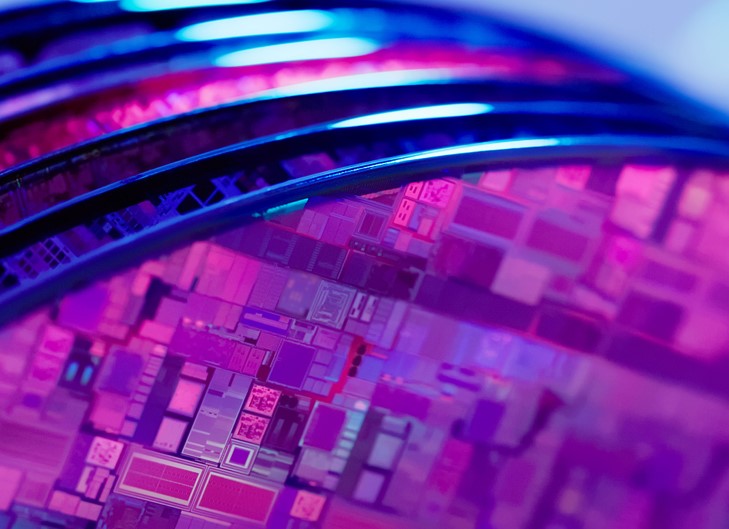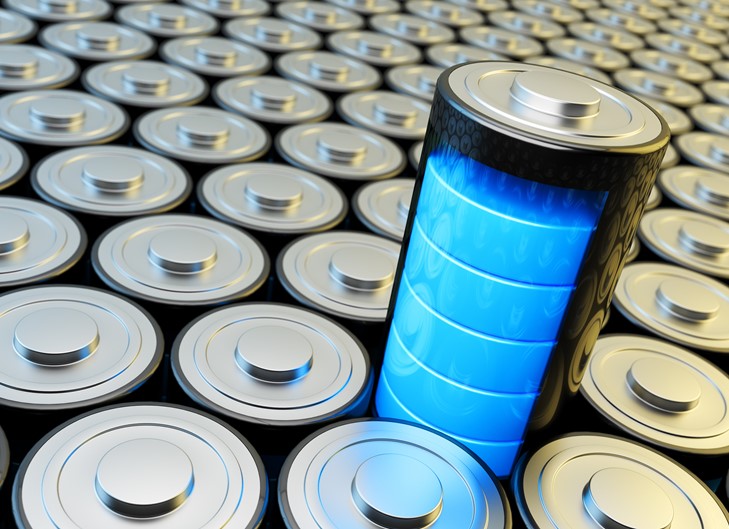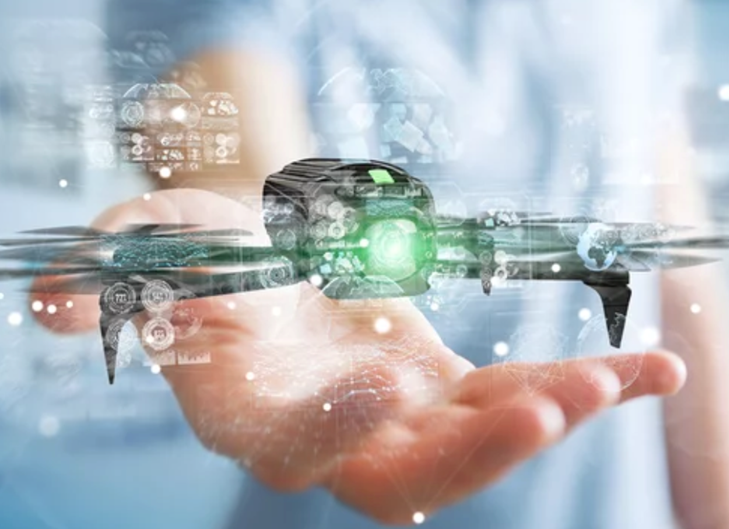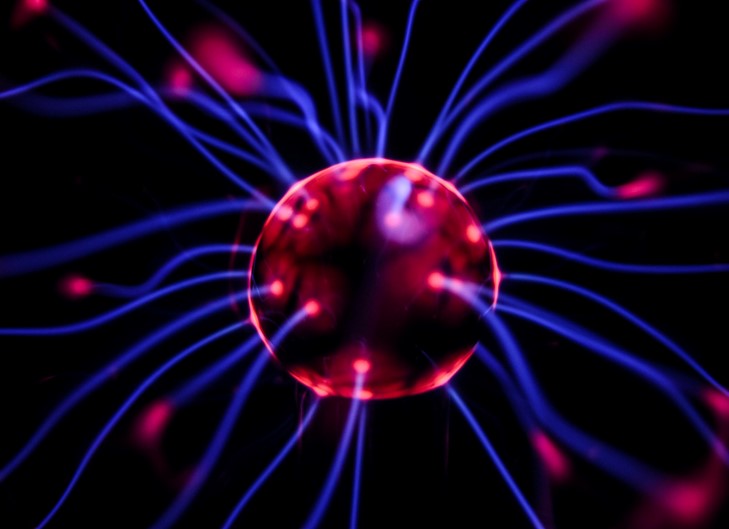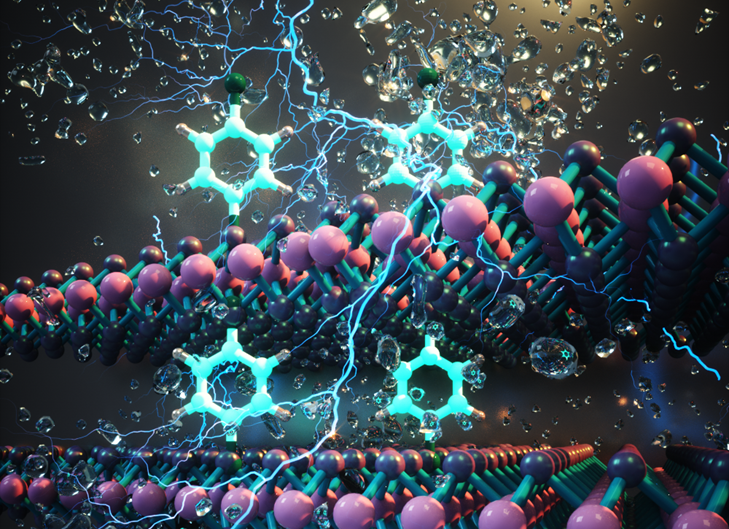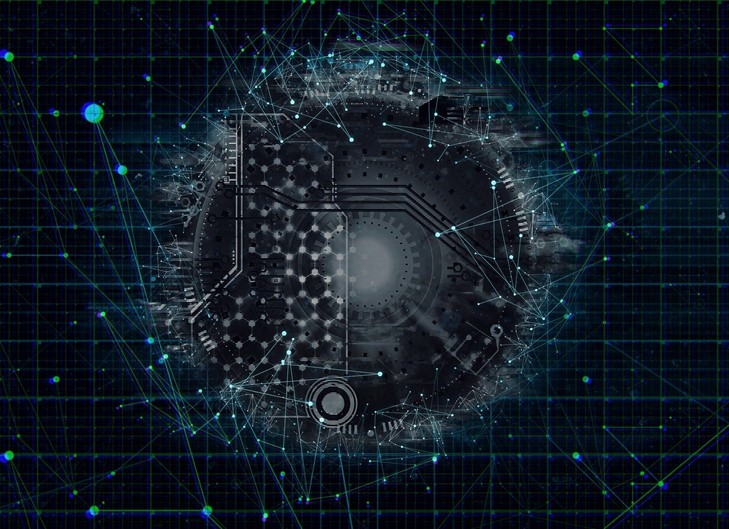How we work

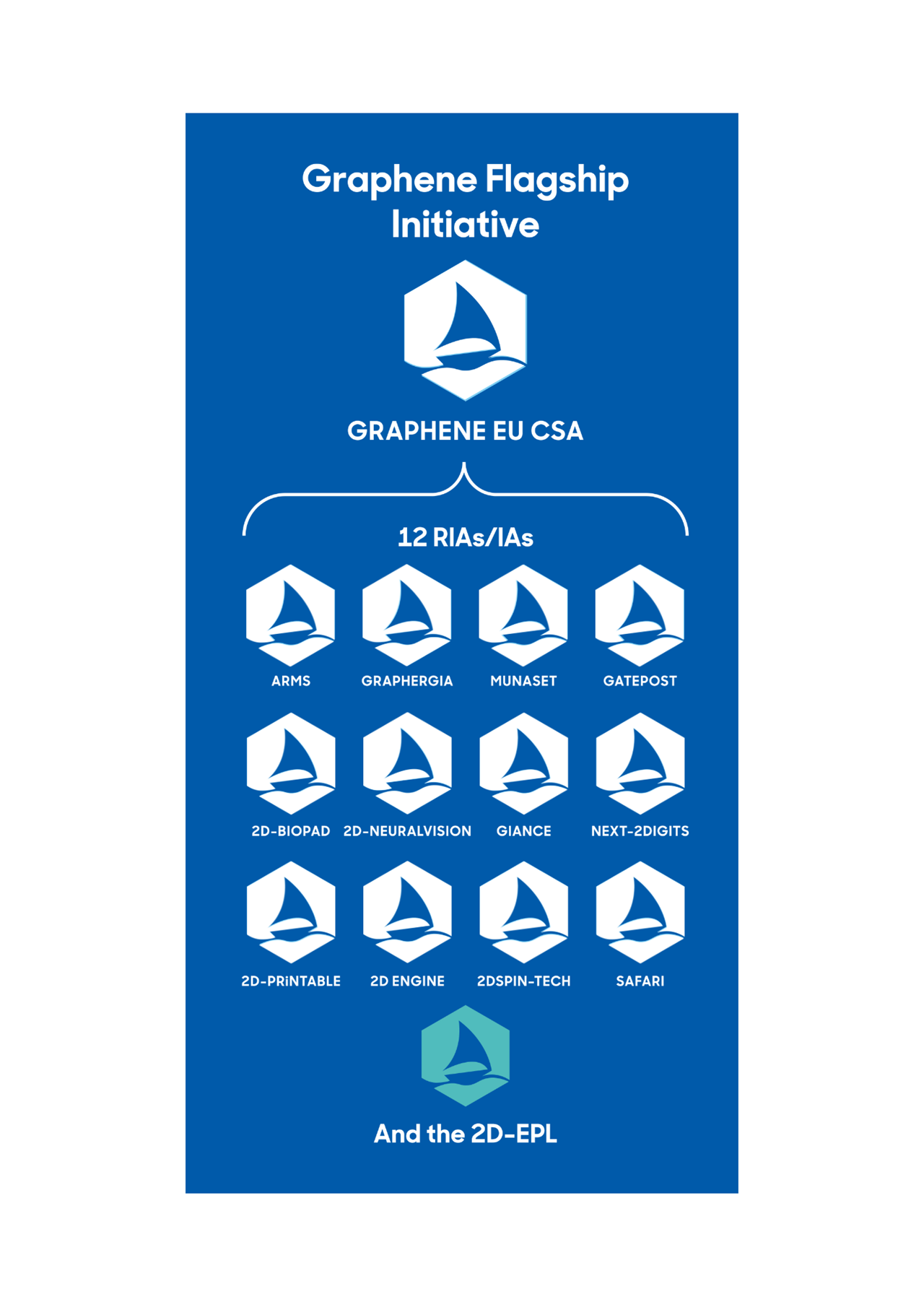
How we work
The Graphene Flagship initiative is made up of 12 research and innovation projects and 1 coordination and support project, the Graphene Flagship initiative will continue to advance Europe’s strategic autonomy in technologies that rely on graphene and other 2D materials.
Our 12 Research and Innovation Actions (RIAs) and Innovation Actions (IAs) – in collaboration with activities funded by the EU member states and associated countries – work to integrate graphene and other 2D materials in a variety of areas including:
The overall coherence of the Graphene Flagship initiative is guaranteed by Graphene Europe in the Lead (GrapheneEU) a Coordination and Support Action (CSA) that allows the separate actions to exploit synergies in their scientific and technological activities and work more efficiently by utilising common services and support functions.

Composites
GIANCE offers innovative solutions to environmental challenges and establishes a holistic, integrated, and industrial-driven platform for the design, development, and scalable fabrication of the next generation of cost-effective, sustainable, lightweight, recyclable graphene and related materials (GRM)-based multifunctional composites, coatings, foams, and membranes (GRM-bM) with enhanced properties (e.g. thermal, mechanical, chemical), functionalities (e.g. wear, corrosion, chemical and fire resistance, hardness and impact resistance, high temperature resistance, structural health monitoring, ultralow friction surfaces), and as enablers for hydrogen storage.
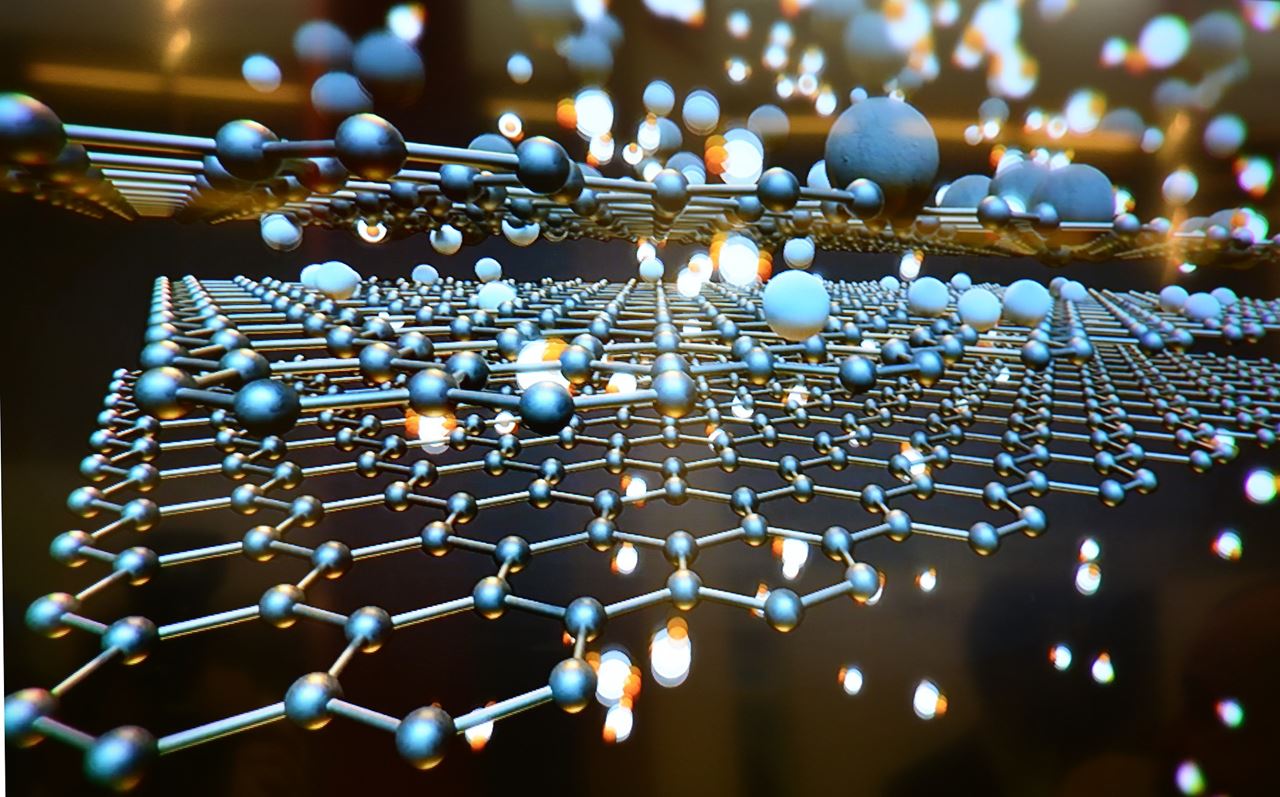
Safe by design
The SAFARI project aims to develop new 2D materials using sustainable and safe processes. The project focuses on creating hybrid formulations of MXenes and graphene, which are known to possess unique and desirable properties such as thermal stability and electrical conductivity. The goal of the project is to develop sustainable and safe materials that can be used in a wide range of applications such as biosensors, conductive ink, and EMI shielding.

GrapheneEU
The Graphene Flagship initiative aims at advancing Europe’s strategic autonomy in technologies that rely on graphene and other 2D materials and sustaining the first-mover advantage that Europe has obtained through earlier investments. The overall coherence of the Graphene Flagship initiative is guaranteed by a Coordination and Support Action (CSA) that allows the separate actions to exploit synergies in their scientific and technological activities and work more efficiently by utilising common services and support functions.


